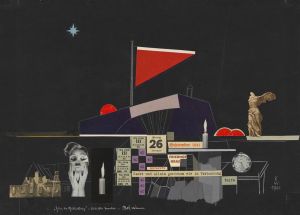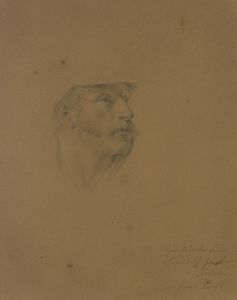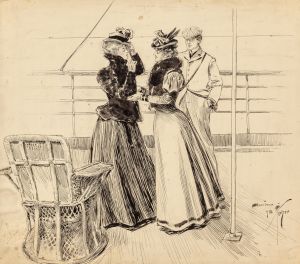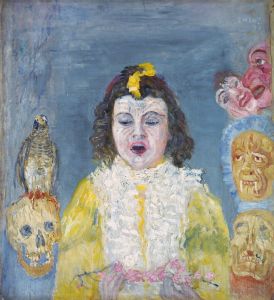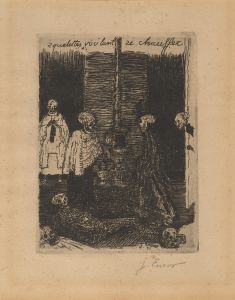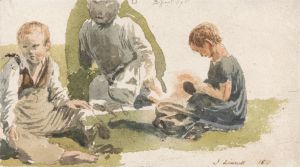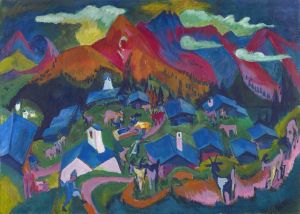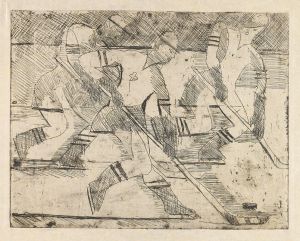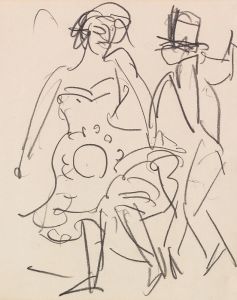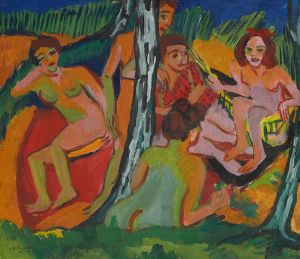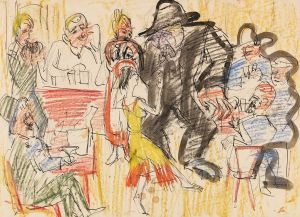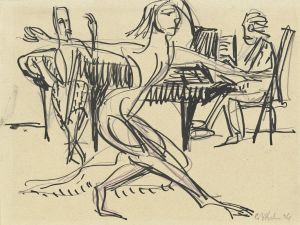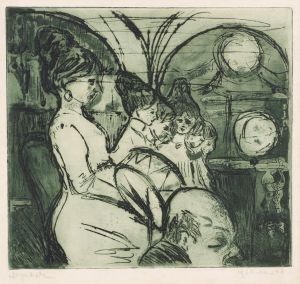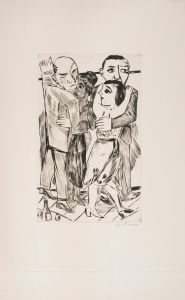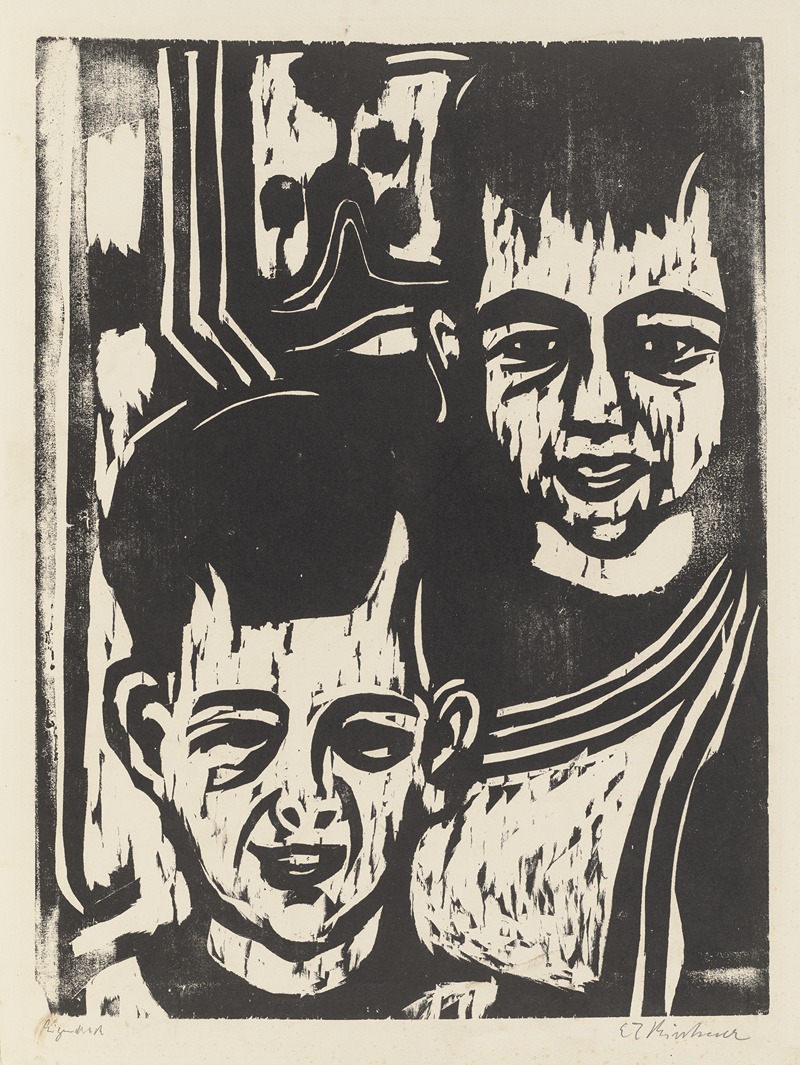
Kinderporträt K-H. – Zwei Knaben
A hand-painted replica of Ernst Ludwig Kirchner’s masterpiece Kinderporträt K-H. – Zwei Knaben, meticulously crafted by professional artists to capture the true essence of the original. Each piece is created with museum-quality canvas and rare mineral pigments, carefully painted by experienced artists with delicate brushstrokes and rich, layered colors to perfectly recreate the texture of the original artwork. Unlike machine-printed reproductions, this hand-painted version brings the painting to life, infused with the artist’s emotions and skill in every stroke. Whether for personal collection or home decoration, it instantly elevates the artistic atmosphere of any space.
Ernst Ludwig Kirchner, a prominent German expressionist painter, created the artwork "Kinderporträt K-H. – Zwei Knaben" during a period marked by significant artistic exploration and innovation. Kirchner, born on May 6, 1880, in Aschaffenburg, Germany, was a founding member of the influential artist group Die Brücke (The Bridge), which played a crucial role in the development of Expressionism in the early 20th century. His work is characterized by bold colors, dynamic compositions, and a focus on the emotional and psychological aspects of his subjects.
"Kinderporträt K-H. – Zwei Knaben" translates to "Children's Portrait K-H. – Two Boys" in English. This painting exemplifies Kirchner's interest in portraiture and his ability to capture the essence of his subjects through expressive brushwork and vivid color palettes. The artwork depicts two young boys, rendered with Kirchner's distinctive style that often emphasized angular forms and a sense of immediacy.
Kirchner's approach to portraiture was deeply influenced by his desire to break away from traditional artistic conventions. He sought to convey the inner life and emotional states of his subjects rather than merely capturing their physical likeness. This focus on the psychological dimension is evident in "Kinderporträt K-H. – Zwei Knaben," where the boys are portrayed with an intensity that suggests a deeper narrative or emotional connection.
The painting reflects Kirchner's broader artistic goals, which were aligned with the objectives of Die Brücke. The group aimed to create a bridge between the past and the future of art, drawing inspiration from sources as diverse as African and Oceanic art, medieval woodcuts, and the works of Vincent van Gogh and Edvard Munch. Kirchner and his contemporaries sought to express raw emotion and explore themes of modernity, alienation, and the human condition.
Throughout his career, Kirchner faced numerous challenges, including the impact of World War I and the subsequent political and social upheavals in Germany. His work was labeled as "degenerate" by the Nazi regime, leading to the removal of many of his pieces from German museums. Despite these challenges, Kirchner's influence on the art world persisted, and his contributions to Expressionism are widely recognized today.
"Kinderporträt K-H. – Zwei Knaben" is a testament to Kirchner's skill as a portraitist and his commitment to exploring the depths of human emotion through art. The painting remains an important example of his work and continues to be studied and appreciated for its artistic and historical significance.
Kirchner's legacy is preserved in numerous collections worldwide, and his works are frequently exhibited in major museums and galleries. His innovative approach to color, form, and composition has left a lasting impact on the development of modern art, and "Kinderporträt K-H. – Zwei Knaben" is a notable example of his enduring influence.





